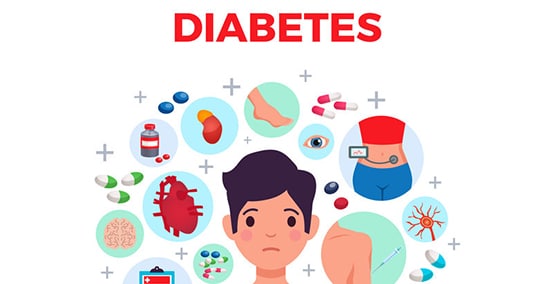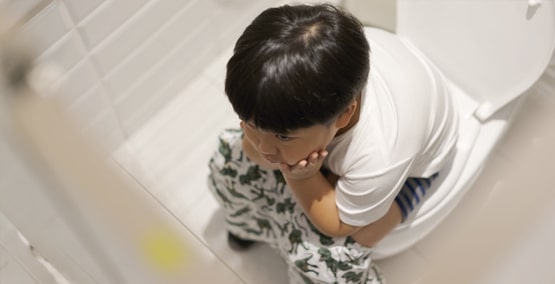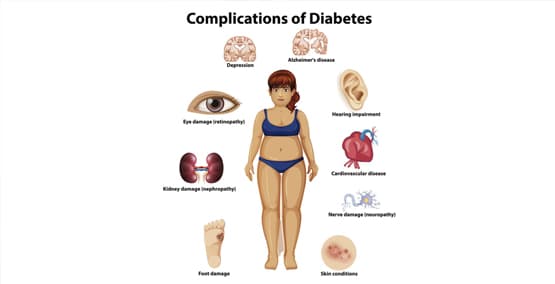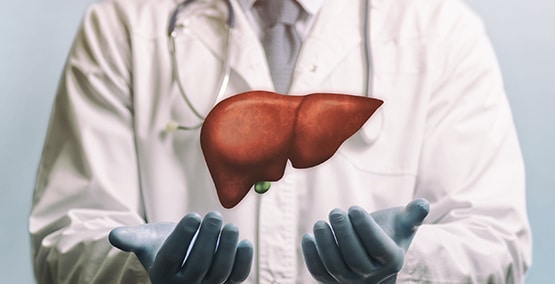
Tube feedings in cystic fibrosis
Another solution for getting enough nutrients and gaining weight in CF
-Kids with cystic fibrosis (CF) have a tough time getting all the nutrients they need from their diet. They need more than other kids their age because of their condition. Kids with EPI (exocrine pancreatic insufficiency) aren't able to absorb all the calories and nutrition from what they eat. When diets are not enough, the solution can be a feeding tube that goes directly into the stomach, called a gastrostomy or PEG tube. These tubes can be used to provide extra nutrition as snacks, meals or through the night.
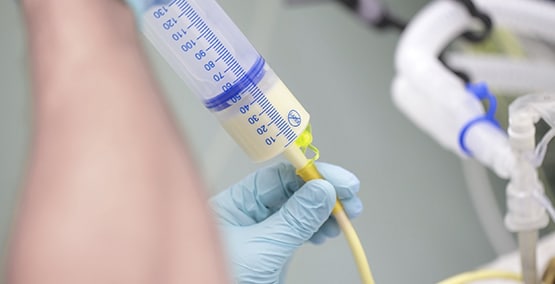
How Good Are Tube Feedings for Kids with CF?
A recent study (RT Khalaf and others, Nutrition in Clinical Practice, 2018) compared 20 kids who had PEG tubes with 40 similar kids who did not.
Here's what they found:
- When comparing weight, those with the tubes increased each month while those without the tube actually lost a little weight.
- Lung function was better in those who had the PEG tubes.
These results support an earlier study that looked at 46 kids and adults with CF (C Best and others, J Pediatric Gastroenterology Nutrition, 2011, pages 453-8). Both studies go along with the research that those with CF who get better nutrition, do much better. So for those with CF who aren't able to eat or drink enough, a stomach tube may help.
It's important to note that PERT (pancreatic enzyme replacement therapy) is needed to go along with the feedings. The only enzymes that can go through a PEG tube is the Creon 3000 iu beads that can be mixed in with the feeding while it is still in the bag.


